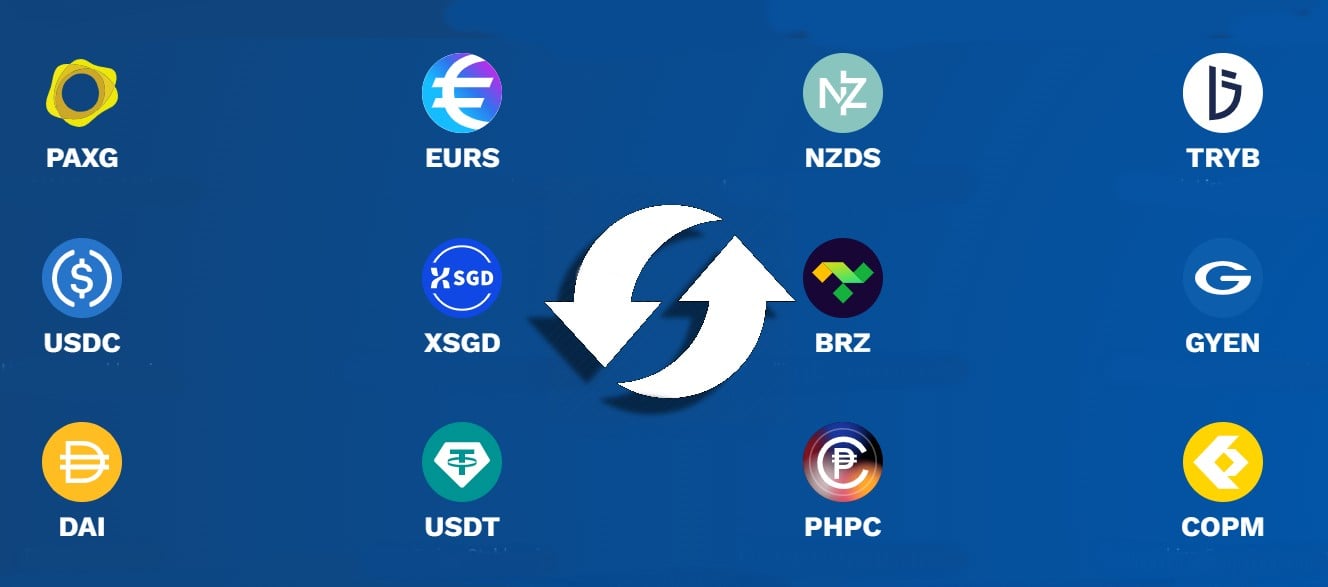Green Fintech's Data Dividend: How APIs, ESG-Linked Trade And "Kilowatt Tokens" Turn Sustainability Data Into Cash Flow
The change in green fintech has been rapid over the past year as companies figure out new ways to ... More monetize green.
gettyMoney used to move after a tree was planted or a turbine spun. Now the proof that a tonne was avoided, a supplier hit its target, or a kilowatt came from wind is itself a monetisable asset. Over the past twelve months three fast-maturing tools including carbon-accounting APIs, sustainability-linked trade-finance rails and blockchain energy tokens, have shown just how quickly environmental data can translate into basis-points and working-capital savings.
Open your Tide UK business app and every purchase carries a CO₂ estimate thanks to a plug-and-play feed from London start-up Connect Earth; the same API went live this February in Colombia Fintech’s sandbox to seed “transactional carbon accounting” across Latin America (Connect Earth blog, Feb 2025). Enterprise platforms are racing the same way: in May 2025 Watershed open-sourced its emissions-factor library, betting free data would funnel more corporates into its paid analytics stack (Watershed release).
Regulators are effectively underwriting the market. In April 2025, Canada’s securities watchdogs paused mandatory Scope-3 filings until “credible primary datasets” are widely available, pushing issuers toward off-the-shelf carbon feeds rather than spreadsheets (Canadian Securities Administrators notice). Meanwhile the Partnership for Carbon Accounting Financials (PCAF) has started accrediting SaaS providers, Watershed in the US, Persefoni in Europe, Pantas in Southeast Asia, so banks can drop API numbers straight into financed-emissions ledgers (PCAF partners list, 2025).
Data is already shaving basis-points off container finance. In August 2024 Santander Brazil launched a R$50 million (≈ US$8.3 million) sustainability-linked supply-chain line for Vestas: suppliers uploading audited emissions and earning at least a “bronze” EcoVadis rating pay up to 70 bp less for early-payment financing (Santander CIB post). Global Finance judged it 2025’s “Best Sustainable Supply-Chain Finance Program” (Global Finance Awards 2025).
Fintechs are scaling the model. TradeSun’s CoriolisESG now pipes satellite-verified deforestation and factory-level CO₂ data into bank trade-origination screens, auto-scoring shipments before a letter-of-credit is approved (Fintech Times, Nov 2024). And in October 2024 the European Investment Bank earmarked €5 billion to purchase short-term trade assets that meet verifiable green criteria (EIB press release).
Treasurers have noticed. An auto-parts supplier in Thailand that trims emissions intensity by 10% under Vestas’s programme can cut 50–70 bp off funding costs, sometimes the difference between accepting or rejecting a purchase order. Carbon data, in effect, is becoming collateral.
While banks tokenise emissions, energy markets are tokenising the electrons themselves. In January 2025 Australia’s Power Ledger began national roll-out of its peer-to-peer rooftop-solar marketplace after pilots delivered household tariffs 43% below retail rates and community savings of 6–12% a year (Power Ledger case study). Southern Europe is seeing similar moves: in March 2025 Spain’s utility Acciona and partner Galp expanded GreenH2chain®, a blockchain registry that tags every megawatt of green hydrogen with a provenance certificate accepted by Iberian grid operators (Acciona news).
Analysts at Global Market Insights reckon the blockchain-in-power vertical hit US $2.1 billion in 2024 and is compounding at 41% a year through 2034 as kilowatt tokens, hourly renewable-energy certificates and on-chain heat-pump credits go mainstream (GMI report, July 2024). Corporates are already arbitraging: an Asian data-centre operator buys hourly matched solar tokens to prove Scope 2 compliance under Europe’s CSRD, then retires them against local tariffs when prices spike.
Two macro forces explain the land-grab. First, disclosure mandates: Europe’s CSRD and the new ISSB baseline will force more than 50,000 companies to publish audited Scope 1-3 data by 2027, turning API pipelines into audit-cost insurance (European Commission CSRD overview, June 2024). Second, capital costs: Moody’s expects sustainable-bond issuance to hold the US $1 trillion line in 2025 even as conventional high-yield shrinks, keeping cheap money fenced behind verifiable ESG metrics (Moody’s ESG Outlook 2025).
The payoff is real. Santander reports lower risk weights on ESG-verified trade paper, freeing capital; Vestas says suppliers in Brazil shaved 80 bp off financing costs; Power Ledger users earn 18–37% more for excess solar than under feed-in tariffs.
Where data drives margin, bad data drives fines. In January 2025 the UK’s Financial Conduct Authority hit a fund manager with a £5.6 million penalty for “unsubstantiated sustainable-investment claims,” the regulator’s largest greenwashing fine to date (FCA enforcement notice). Energy tokens face other pitfalls: certificate double-spending, grid congestion when real-time settlement outpaces physical delivery, and speculative swings that could mimic the 2022 crypto rout if oversight lags.
McKinsey pegs global cross-border payment friction at roughly US $150 billion a year. Strip out even a slice by embedding tamper-proof sustainability data and treasurers unlock an entirely new spread. Carbon APIs, ESG-scored invoices and kilowatt tokens prove environmental metadata is no longer a cost centre; it is tradable collateral and pricing power. The winners will be the fintechs and banks that wire sensor feeds straight into ledgers. Everyone else will be stuck paying carbon-era information rent.









